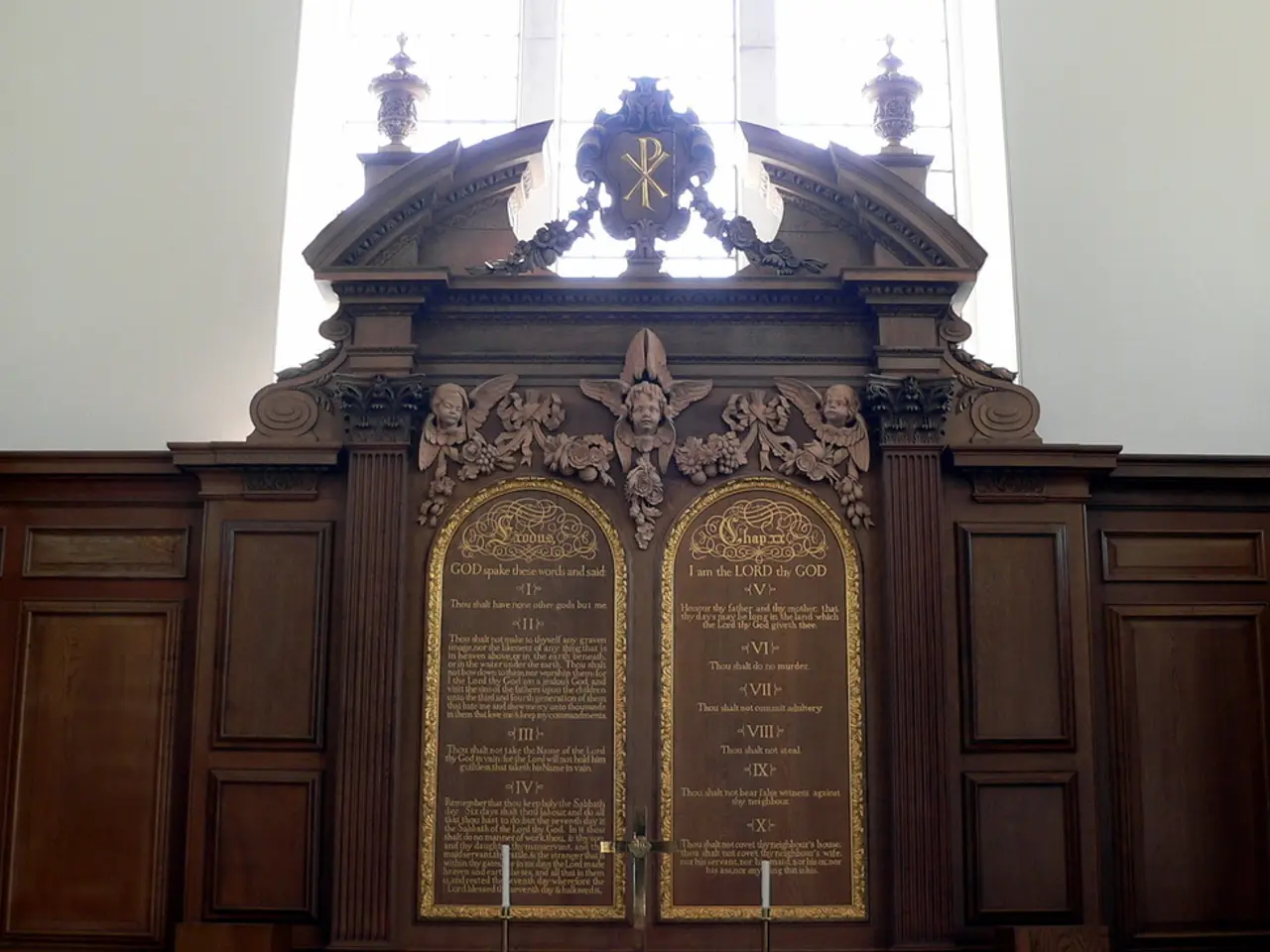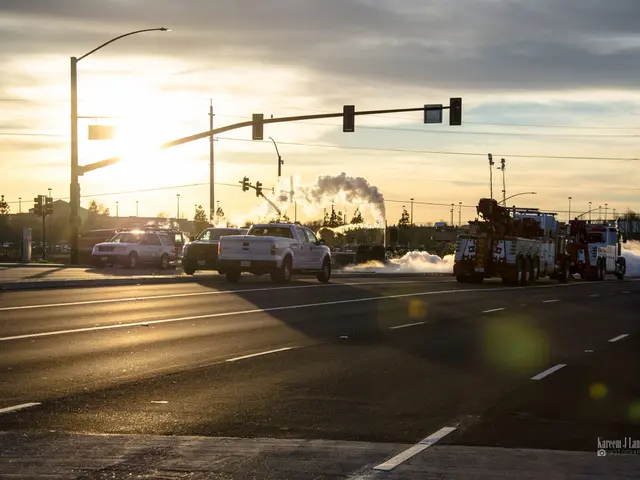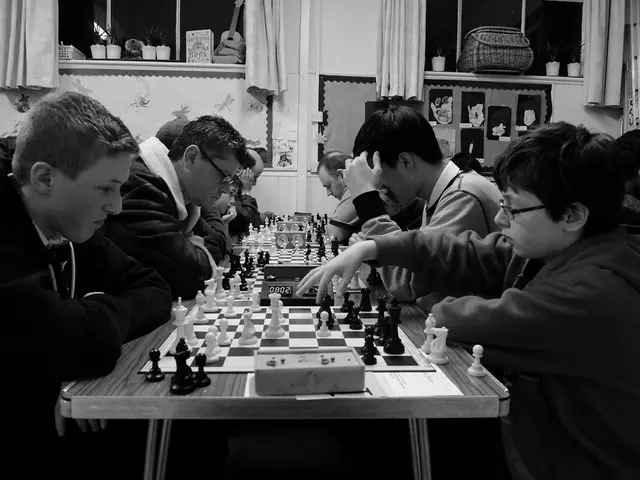Unveiling the Roman Remnants of the Cotswolds: A Look at Samuel Lyson's Discoveries
Samuel Lysons: The Antiquarian Explorer of Roman Villas
Samuel Lysons, a native of the Cotswolds, was a renowned antiquarian known for his excavations of Roman villas, particularly the grand Woodchester, which boasted an impressive 64 rooms and three courts.
Lysons's career began in 1793 with his excavation of Woodchester, an event that established his reputation and marked the start of his extensive explorations in Gloucestershire. He rode over 800 miles in the county, making drawings and etchings for a project titled Views and Antiquities in the County of Gloucester hitherto imperfectly or never engraved, which was published in 15 parts between 1791-1803.
One of Lysons's most significant discoveries was the villa at Withington, featured in the third volume of his later work, Reliquiae Britannico-Romanae. This project, published in London in 1816, was a collaborative effort with Richard Smirke.
Lysons was meticulous in his work, prioritising accuracy over quantity. However, his perfectionist standards led to many plates being cancelled due to lack of copies. Despite this, he made a positive departure from his contemporaries by recording smaller finds, ensuring that even the smallest artefacts were not overlooked.
In 1797, Lysons published An Account of the Roman Antiquities Discovered at Woodchester, dedicated to George III and with a text in English and French. This was followed by the best of the artefacts he found being given to the British Museum, establishing its Romano-British collection.
The excavation of Woodchester also yielded knife blades, fragments of sculpture, and a scrap of mosaic pavement, which were given to the British Museum, while the 'great pavement' depicting Orpheus with his lyre was left in situ.
Lysons did not improve the objects he unearthed by restoring them to their imagined condition when they were first made, a common practice at the time. Instead, he focused on sumptuously publishing his findings after his drawings or with etchings made by himself.
Lysons's work was crucial in preserving archaeological sites, as much would have disappeared without his interest. However, his emphasis on making spectacular finds rather than diligent exploration of sites led to him being dismissively viewed by modern archaeologists.
Despite this, Lysons was recognised for his contributions. He was vice-president of the Antiquarian Society and was made the Royal Academy’s Antiquary seven years later. Lysons died unmarried in 1811, with many noting his warm and charming personality.
Lysons's excavations of Roman villas, particularly Woodchester, not only expanded our understanding of the Roman era in Britain but also left a lasting impact on the field of archaeology. His work continues to be celebrated and studied today.
Read also:
- Peptide YY (PYY): Exploring its Role in Appetite Suppression, Intestinal Health, and Cognitive Links
- Toddler Health: Rotavirus Signs, Origins, and Potential Complications
- Digestive issues and heart discomfort: Root causes and associated health conditions
- House Infernos: Deadly Hazards Surpassing the Flames







